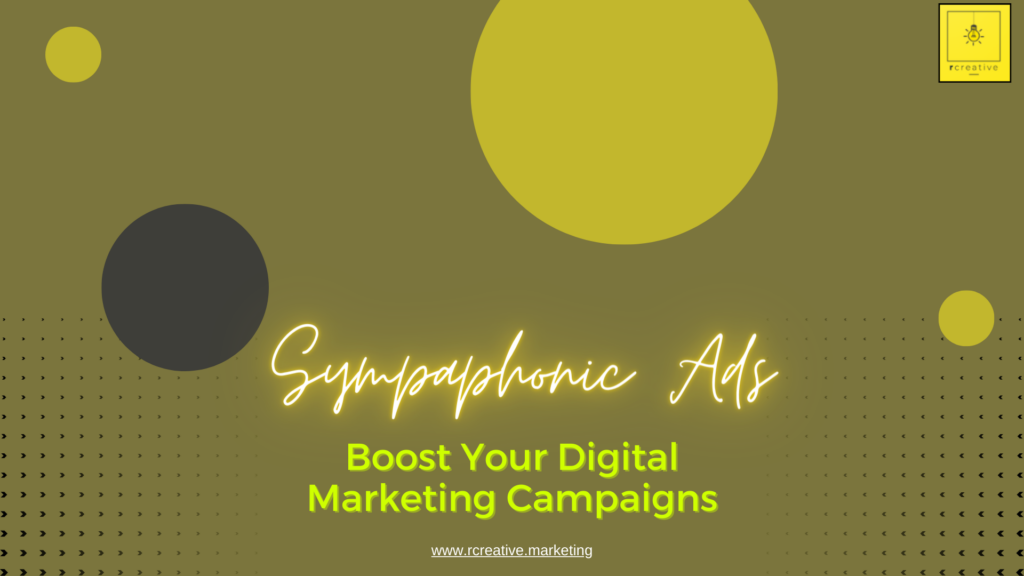The value of a business website grows year over year. With so many businesses operating online, it’s obvious that your competitors are already there making their marks… And you should be too, if you aren’t already.
If you’re starting fresh this year, either with a new website or a rebrand, you may feel that your competitors are already leagues ahead: capturing all of the web traffic and the customers. Sometimes, it’s tempting to simply try and copy someone else’s digital marketing approach — even if it doesn’t work well for your brand.
Ultimately, copying someone else’s web strategy is simply bad business. For one, you’re always at least one step behind, which causes lost impacts and sales. But for another, it simply looks cheap and iterative. Your brand is so much better than that!
You don’t have to copy another brand’s strategy to make your business stand out. Read on to learn more about how to develop a digital marketing strategy of your very own and start driving those sales!
Start with your story
You know what they say: first impressions are everything. When it comes to your online presence, this idiom definitely holds true.
You want your first impression to be unique — not simply a copycat of another brand in your industry or some well-known brand that has absolutely nothing to do with the services that you sell. You want to stand out for all of the right reasons, not for cheesy mockups or an obvious reiteration of something that your customers have already seen before.
On average, it takes only 50 milliseconds for a visitor to develop an opinion on your website. Additionally, 75% web searchers judge the credibility of a company by their site’s web design.
That means that in less than a single second, a prospect can decide whether they’re open to working with you. If they’re not impressed, they move onto another site (or close the browser) and your conversion opportunity vanishes.
Done right, web design adds a visible layer to your company’s story that catches the viewer’s eye and draws them into becoming a customer. Done wrong, your web design can turn prospects totally away from your brand. It’s really that simple.
Your site’s design has to be a compelling starting line for your customer’s journey toward working with you. You do this by focusing on a design that tells your company’s individual story. This touchpoint is inherently unique and can be a source of inspiration for the rest of your online marketing strategy.
Remember the purpose of other people’s websites
Some of us enjoy taking a walk through the neighborhood and seeing how other people decorate their front room or front porch. We can be inspired by our neighbors’ landscaping… And who hasn’t had the temptation to order a pizza for dinner when they see a pizza delivery truck drive down their street?
Drawing inspiration from those around us isn’t a bad thing, but it can’t be the only thing we use to base our major design decisions on. In fact, the second we’re inspired by someone doing something, we’re already behind on the trend. They had the idea first, and that means we simply didn’t.
Now, when it comes to ordering a pizza, it’s not really such a bad thing if your idea isn’t the freshest one in the book. But when it comes to web design and marketing strategy, if you’re not first, you’re last. You don’t want to be tagging behind someone else’s good idea — no matter how good the idea is — because the second you implement it, you’re already behind the curve.
It’s obvious to potential clients when you’re using outdated ideas or last decade’s designs. Online customers are savvy and can pick out brands that aren’t committed to their unique online presence. You really don’t want that impression if you’re trying to convince a potential client that you’re up on trends in your own industry or can provide them with a cutting edge product or service!
Embrace what makes your brand unique
Customers love stories. It’s a psychological selling technique that simply never goes out of style.
Even if you feel that your brand has the most boring origin story or if your product is simple as could be, when you are genuine about your product’s humble beginnings or smart solution to a problem as old as time, all of the sudden, you have the opportunity to build connections and brand loyalty.
Here are some basic tips for starting out with telling that story:
1. Put your “origin story” front and center
Whether you started as two guys in a garage or improvised a cardboard widget over a vent to solve the problem of being too cold in your office one day, your future clients want to know where you came from. It gives your product and brand a history. It gives inspiration for solving today’s problems with your unique solutions. A written historical account of your brand’s past bridges the gap to provide a human connection to facilitate future sales.
People want to trust your brand: it’s that simple. Before they buy your products or contract your services, they want to know that they can trust what you’re offering. Telling stories allows you the opportunity to put your best foot forward and come across as genuine and trustworthy.
2. Provide an easy-to-use online experience
People won’t be able to access your story or identify with your brand, explore products, check out a virtual shopping cart, or schedule an appointment with your consultants if you don’t have a website that’s easy to navigate.
Ease of navigation doesn’t mean that you need the highest tech specs or a complicated backend to your web design. But it does mean that you need to work with a web developer who understands the potential digital roadblocks that might keep a casual visitor from turning into a valued client.
Each website is different, which is why you need to establish a unique look and feel for your own brand’s online presence. You may need an advanced secure checkout portal, while a competitor who accepts payments onsite might prefer to operate their website without one.
There are also some constants that you need to keep front and center. For example, your site needs to be mobile optimized, no matter your industry. With smartphone sales rising year over year, mobile optimization continues to be an important — if not the most important — aspect of your online marketing strategy. This is something that your web developer can help you to work through and implement, so you don’t need to worry about how this all plays out.
3. Speak effectively to your audience
Your audience wants to hear from you — frequently. Sharing your brand story and developing compelling content for landing pages are a great place to start. But you can’t stop there.
In addition to having a responsive, unique site that fits your brand and industry, you need to keep reaching out to your audience to build trust and allow them to dive deeper into what you do.
This might include a regularly updated blog that features current events and helpful tips for your current and future clients. It should include a social media marketing strategy that allows you to connect with your audience in real time. And it may include other aspects, like a frequently updated customer success story or testimonial page or a rotating menu that meets changing seasonal needs in your vertical




